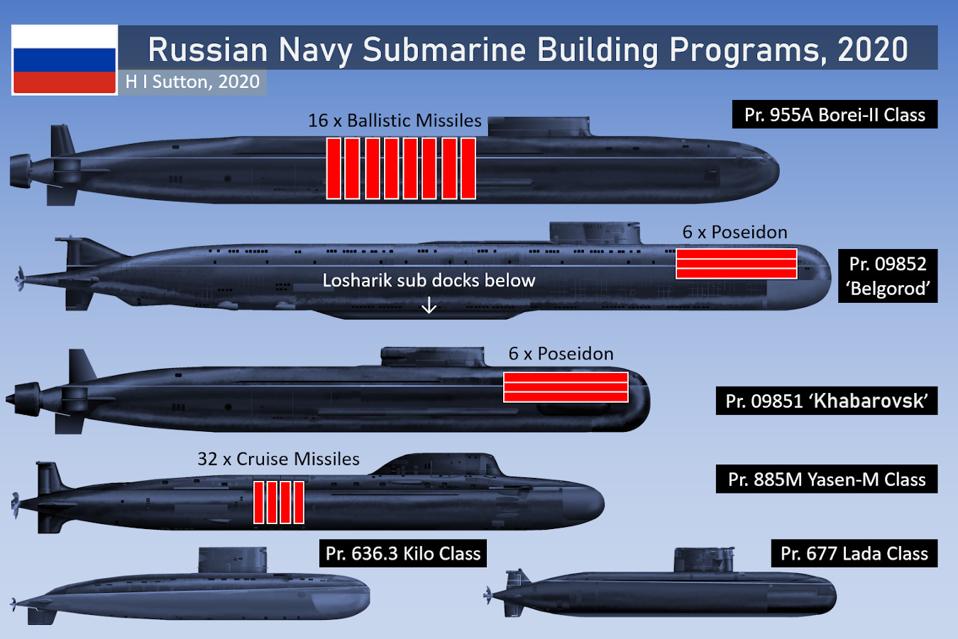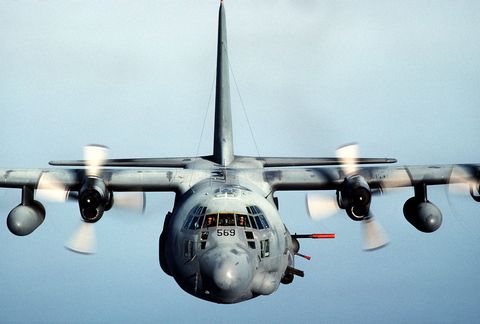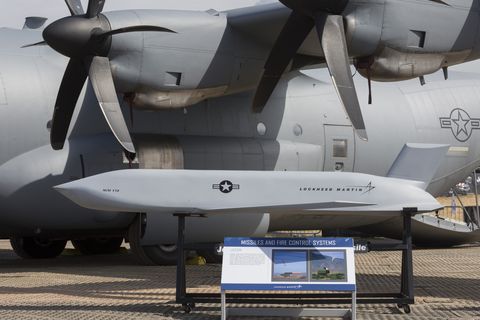The UK, France and Germany have all now proclaimed their intent to develop sixth-generation stealth jets and backed that up with initial investments. However, it will likely be a while before we can tell whether the respective governments can sustain the long-term financial outlays, international cooperation, and technically challenging development processes to produce Europe’s first stealth jet.
With a flourish of a silk curtain at the Farnborough Air Show on July 16, British defense secretary Gavin Williamson unveiled a full-scale model of the Tempest, the UK’s concept for a domestically built twin-engine stealth fighter to enter service in the 2030s. The Tempest will supposedly boast a laundry list of sixth-generation technologies such as being optionally-manned, mounting hypersonic or directed energy weapons, and capability to deploy and control drone swarms. However, it may also represent a Brexit-era gambit to revive defense cooperation with Germany and France.
London has seeded “Team Tempest” with £2 billion ($2.6 billion) for initial development through 2020. Major defense contractor BAE System is leading development with the Royal Air Force, with Rolls Royce contributing engines, European firm MBDA integrating weapons, and Italian company Leonardo developing sensors and avionics.
Design will supposedly be finalized in the early 2020s, with a flyable prototype planned in 2025 and production aircraft entering service in 2035, gradually replacing the RAF’s fourth-generation Typhoon fighters and complementing F-35 stealth jets. This seventeen-year development cycle is considered ambitious for something as complicated and expensive as a stealth fighter.
The Tempest mockup suggests a relatively large single-seat, twin-engine delta-wing fighter with a cranked trailing edge and two vertical stabilizers (tail fins) canted inwards as on the F-22 stealth fighter. According to analyst Justin Bronk, these last improve maneuverability and suggest emphasis on kinematic performance over pure stealth. The larger airframe also implies a desire for greater range and weapons load than an F-35 can muster in stealth mode. However, reportedly no performance parameters such as maximum speed, range, radar cross-section etc. were stated in the presentation.
Rolls Royce boasts that the Tempest’s stealthily recessed adaptive-cycle turbofans will be made of lightweight composite materials, feature superior thermal management and digital maintenance controls, and generate large quantities of electricity through magnets in the turbine cores.
Surplus electricity may be of particular interest for powering directed energy weapons, which could range from lasers to microwaves. The U.S. Air Force plans to test a defensive anti-missile laser turret for its jets in the early 2020s, but the Tempest presentation mentions using direct energy weapons for ‘non-kinetic’ purposes, which may imply disrupting or damaging adversary sensors.
The Tempest is to have a modular internal payload bay which can be reconfigured for various sensors or weapons. A Meteor long-range air-to-air missiles and a SPEAR-3 cruise missile were displayed next to the mock-up, and compatibility with next-generation “Deep Strike” missiles is also listed. The presentation at Farnborough also lists hypersonic missiles (which travel over five times the speed of sound, making interception extremely difficult) and swarms of deadly drones as offensive capabilities. To ease the workload on the pilot, the aircraft would utilize artificial intelligence and machine learning to optimize the drone’s behavior.
Like the F-35, the Tempest would employ a diverse array of passive and active sensors, and a Tempest pilot may able to gaze “through” his or her own plane using a helmet-mounted device, which may also replace conventional cockpit display panels. “Cooperative Engagement” technology would also allow a Tempest to fuse sensor data with friendly aircraft, ships or ground forces using “reconfigurable” communication systems and data links. This could allow one platform to hand off sensor data to another platform, which could then launch missiles without exposing itself.
However, the F-35’s networked computers have aroused fears that it is vulnerable to hacking—thus the presentation lists “resilience to cyberattack” as a characteristic of the Tempest. This could pose additional challenges given plans for the Tempest to be “optionally manned”—which means it can be flown remotely without an onboard pilot if preferred. Unmanned Combat Air Vehicles are generally thought to be the future of air warfare, but air forces so far are opting to test the waters by contemplating optionally-manned fighters. However, though optionally manned fighters offer a means to avoid putting pilots at risk on dangerous missions, they still come with the cost and performance disadvantages of manned aircraft.
The Tempest was unveiled alongside a new “Combat Air Strategy” document marking the UK’s reorientation to preparing for high-intensity conflicts and the danger posed by modern anti-aircraft weapons. However, the document largely focuses on industrial and financial matters, particularly on keeping British military aerospace sector sustainable despite constrained defense budgets and the steadily increasing cost of high-performance platforms like the Type 26 frigate.
In any context, seeing through the Tempest project to completion would prove daunting. The Tempest itself is a successor to the BAE Replica, a two-seat British stealth-fighter concept that was abandoned in 2005, though BAE leveraged technology used in its creation to become a major partner in the F-35 program. Currently, the UK is currently receiving forty-eight F-35B stealth jump jets for its Queen Elizabeth-class carriers, and theoretically plans to order another ninety F-35s for the Royal Air Force. While an RAF officer at Farnborough claimed Tempest would “have no impact” on F-35 acquisitions, it is difficult to foresee where else in the budget the money would come from.
However, at this stage the Tempest is surely a political game piece in a Brexit-bound UK, which risks being isolated from European markets. It happens that only a few months earlier, Germany and France trumpeted that Dassault and Airbus would work together on their own sixth-generation stealth jet program, Future Combat Air System—notably without inviting British companies, though their eventual participation was not ruled out, likely depending on how Brexit plays out.
In truth, both stealth-fighter program could easily prove prohibitively expensive without buy-in from multiple countries. Two billion pounds is a lot of money, but is far less than one-tenth of what a successful Tempest program would cost. The preferred scenario might be for a “European” stealth fighter combining the two stealth-fighter programs. A glance at the FCAS’s projected capabilities shows they are broadly similar to those of the Tempest.
The Tempest therefore may not only be an attempt by London to retain a domestic aerospace sector capable of building stealth jets, but also part of an elaborate courtship to entice EU nations into reconsidering joint-development of one. Indeed, Airbus Defense CEO Dirk Hoke made a comment “welcoming” the Tempest program. Possible British partnership with Sweden—producer of the capable Gripen fighter—is also frequently speculated for the Tempest, and it’s worth noting that BAE recently signed on to assist Turkish TAI in producing a TF-X stealth fighter.
The UK, France and Germany have all now proclaimed their intent to develop sixth-generation stealth jets and backed that up with initial investments. However, it will likely be a while before we can tell whether the respective governments can sustain the long-term financial outlays, international cooperation, and technically challenging development processes to produce Europe’s first stealth jet.















